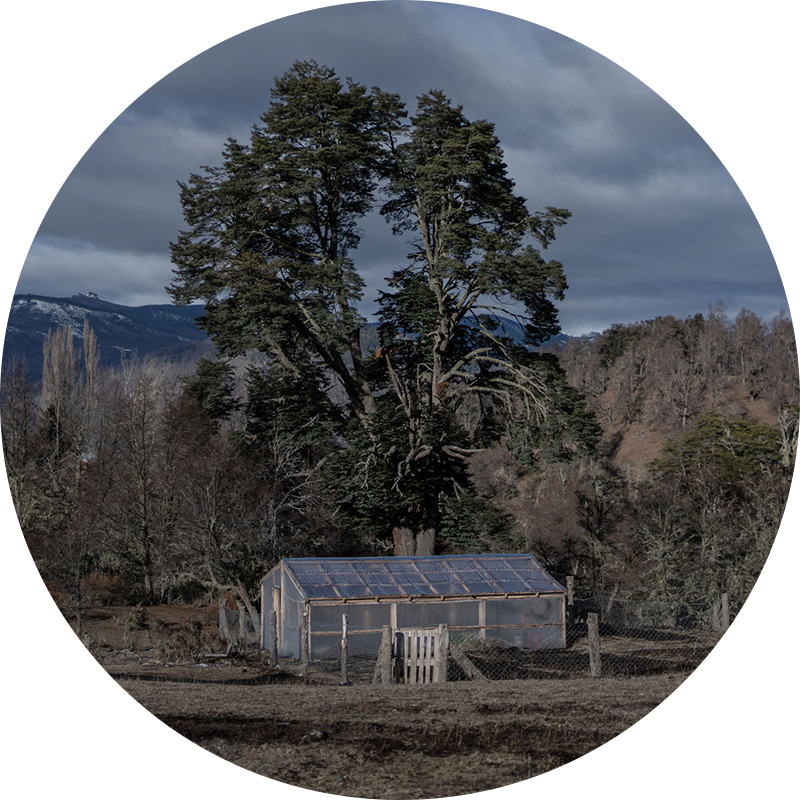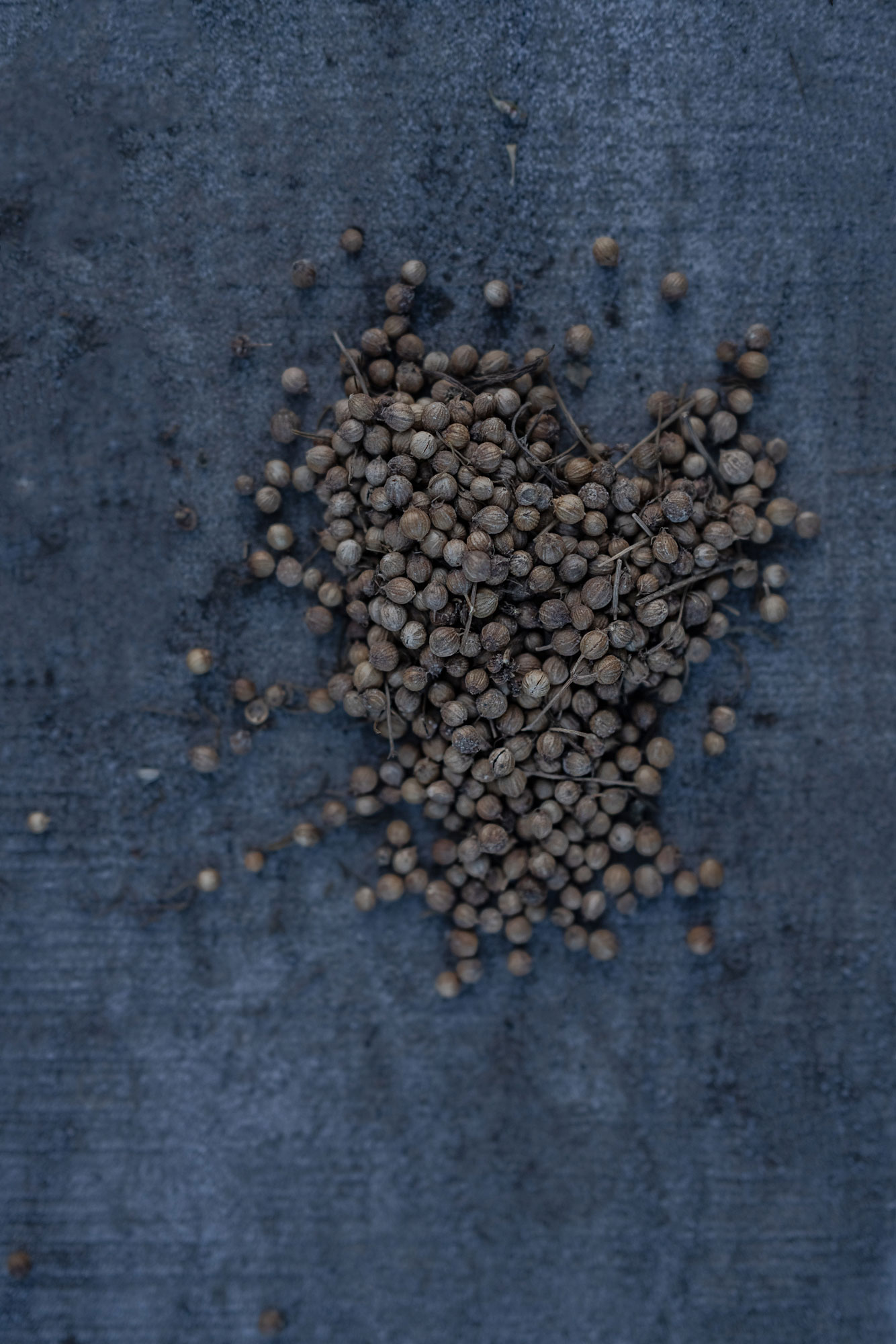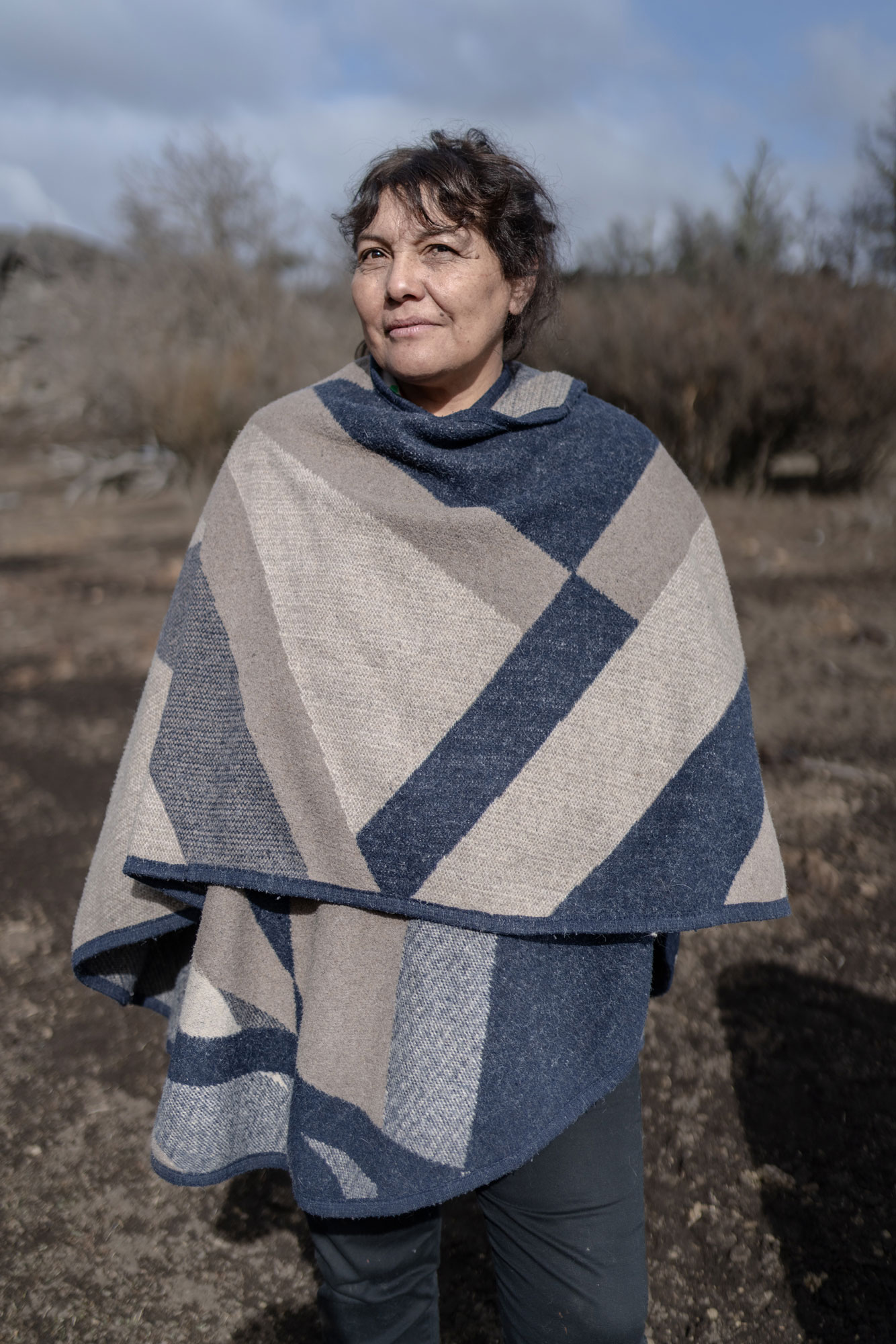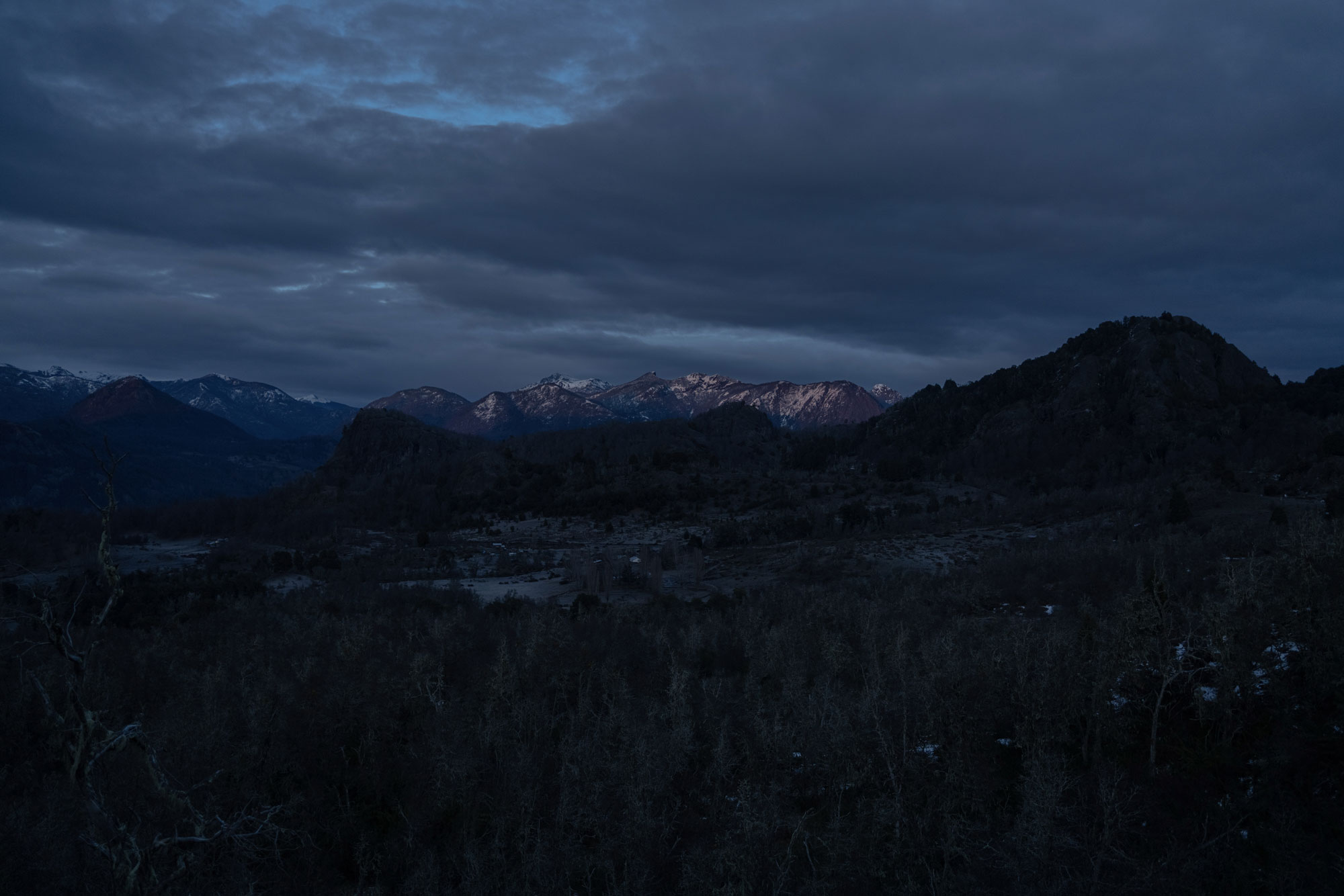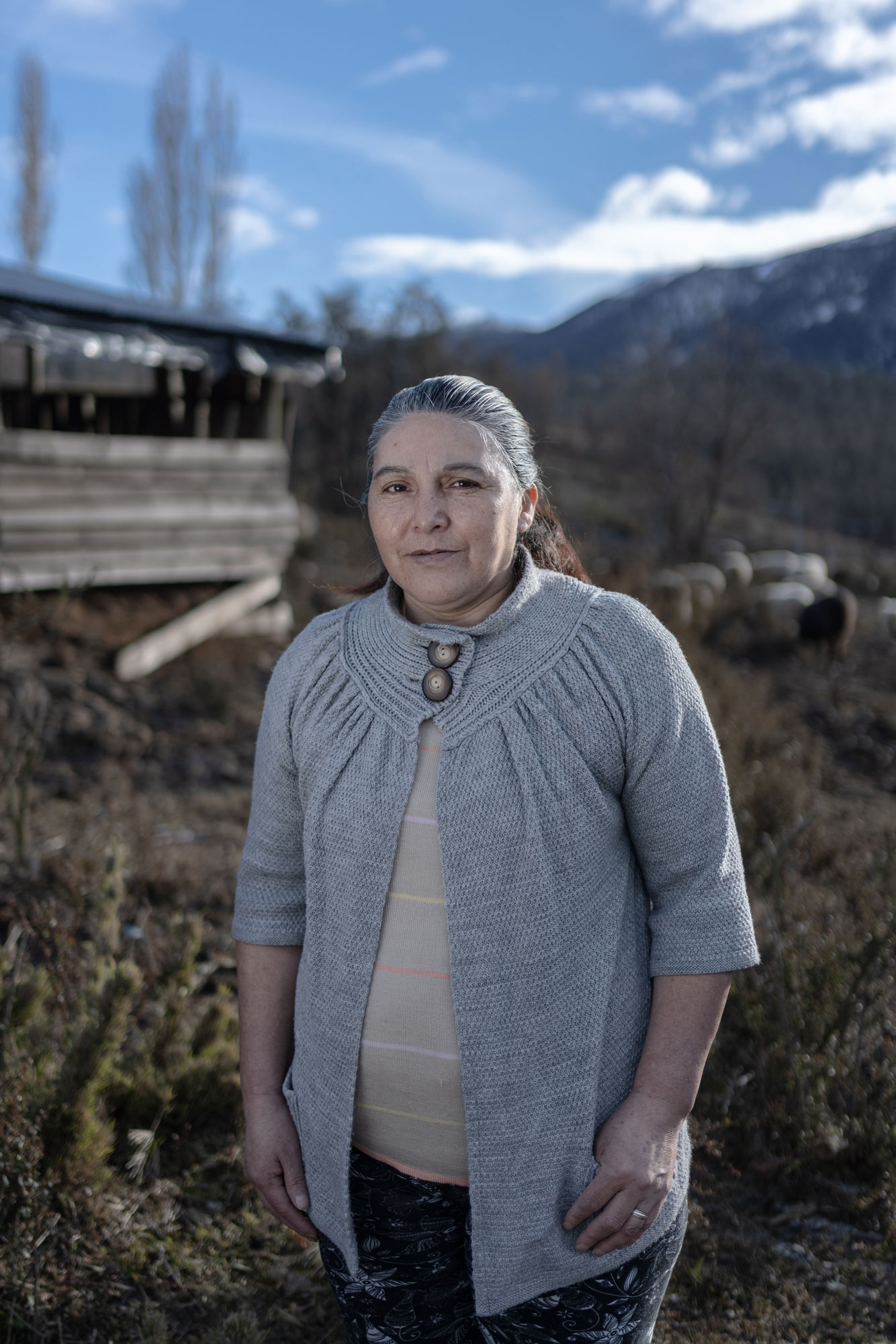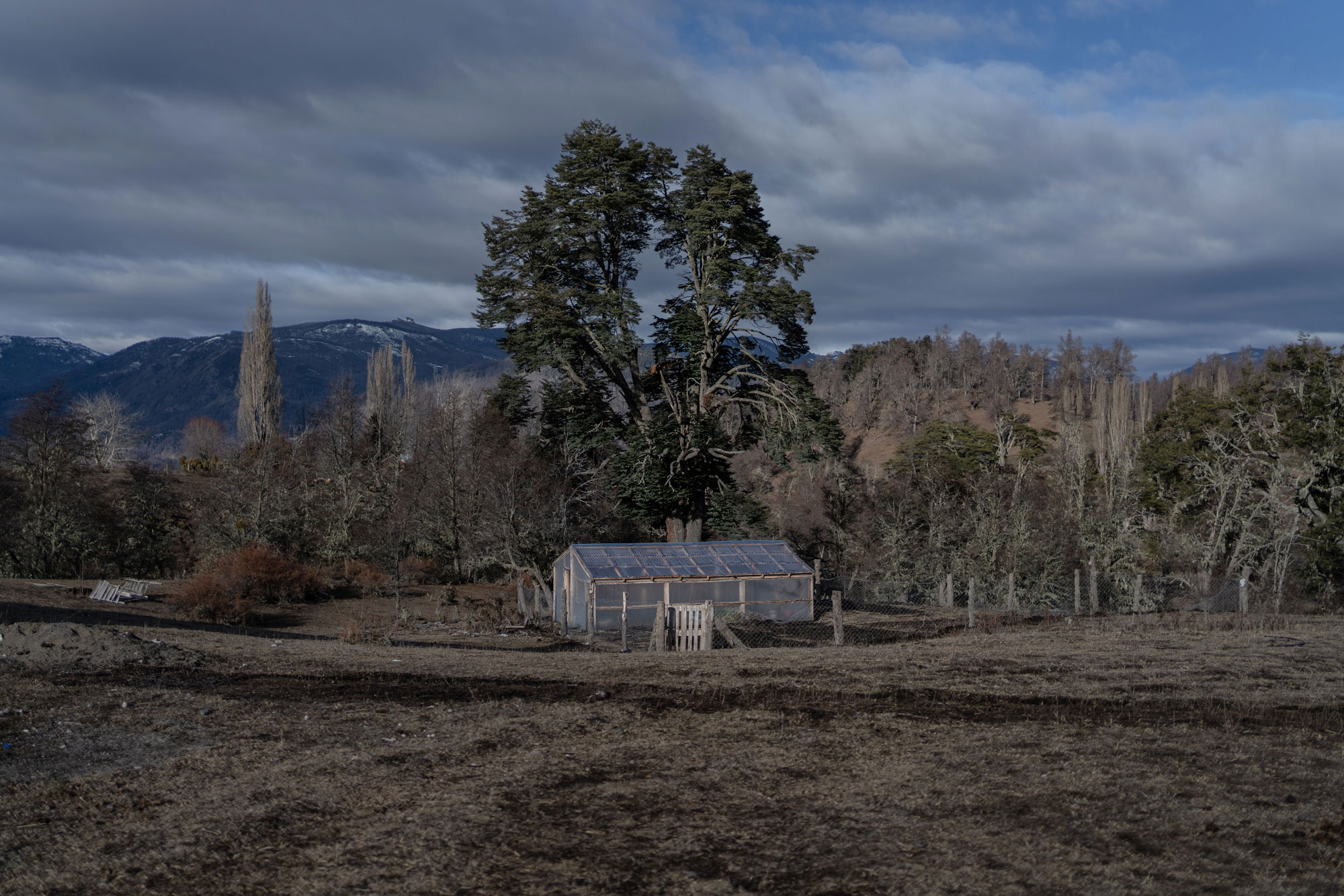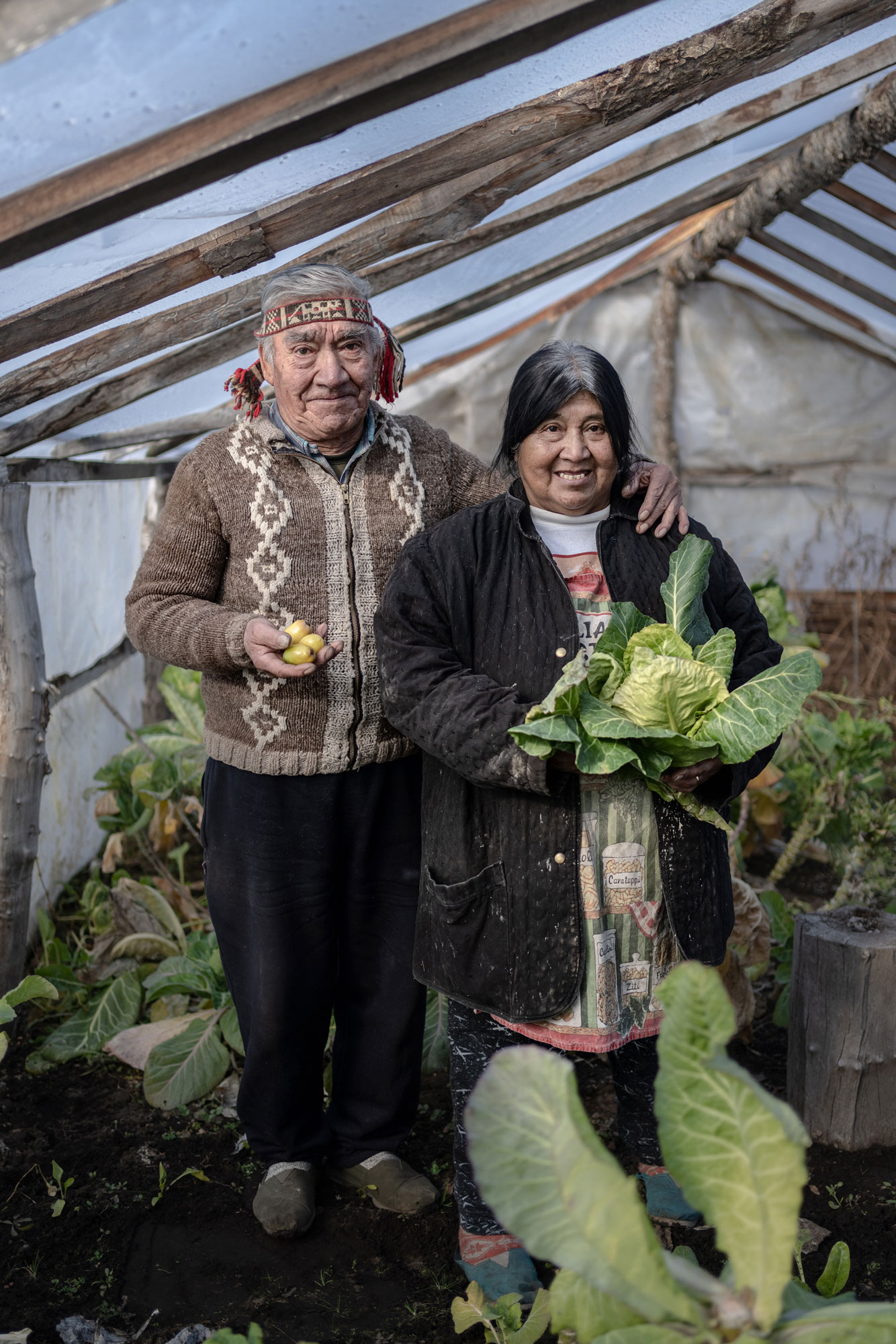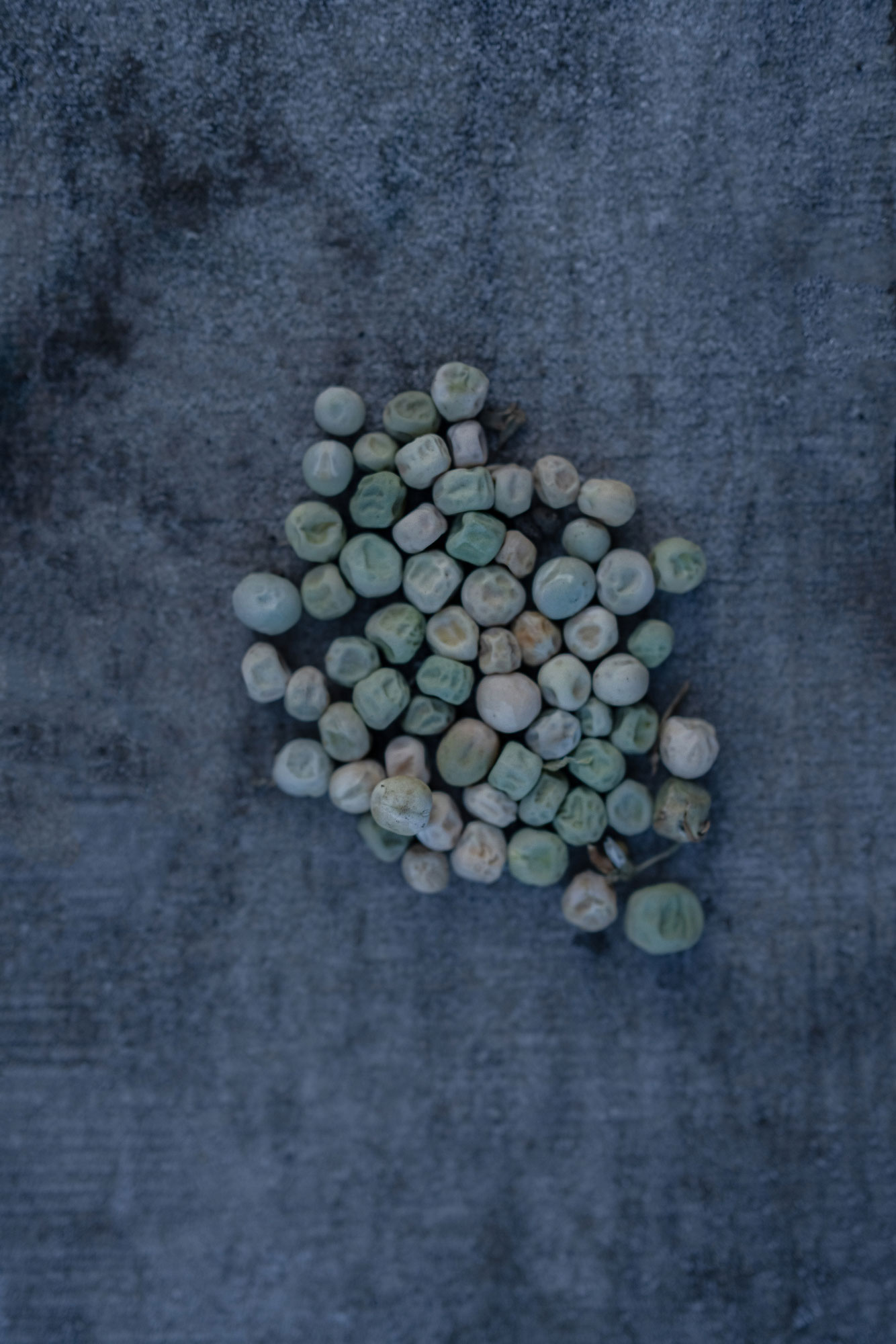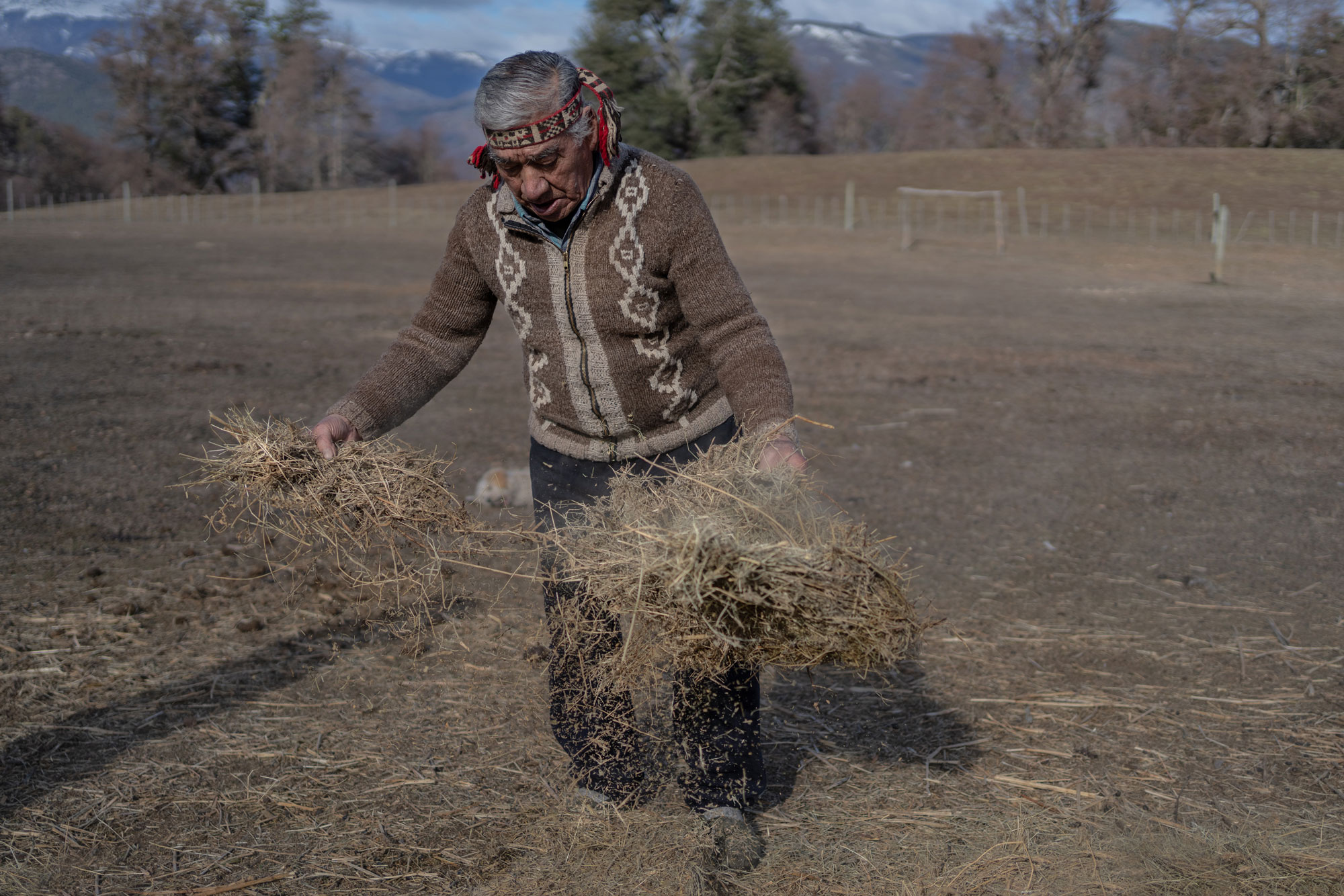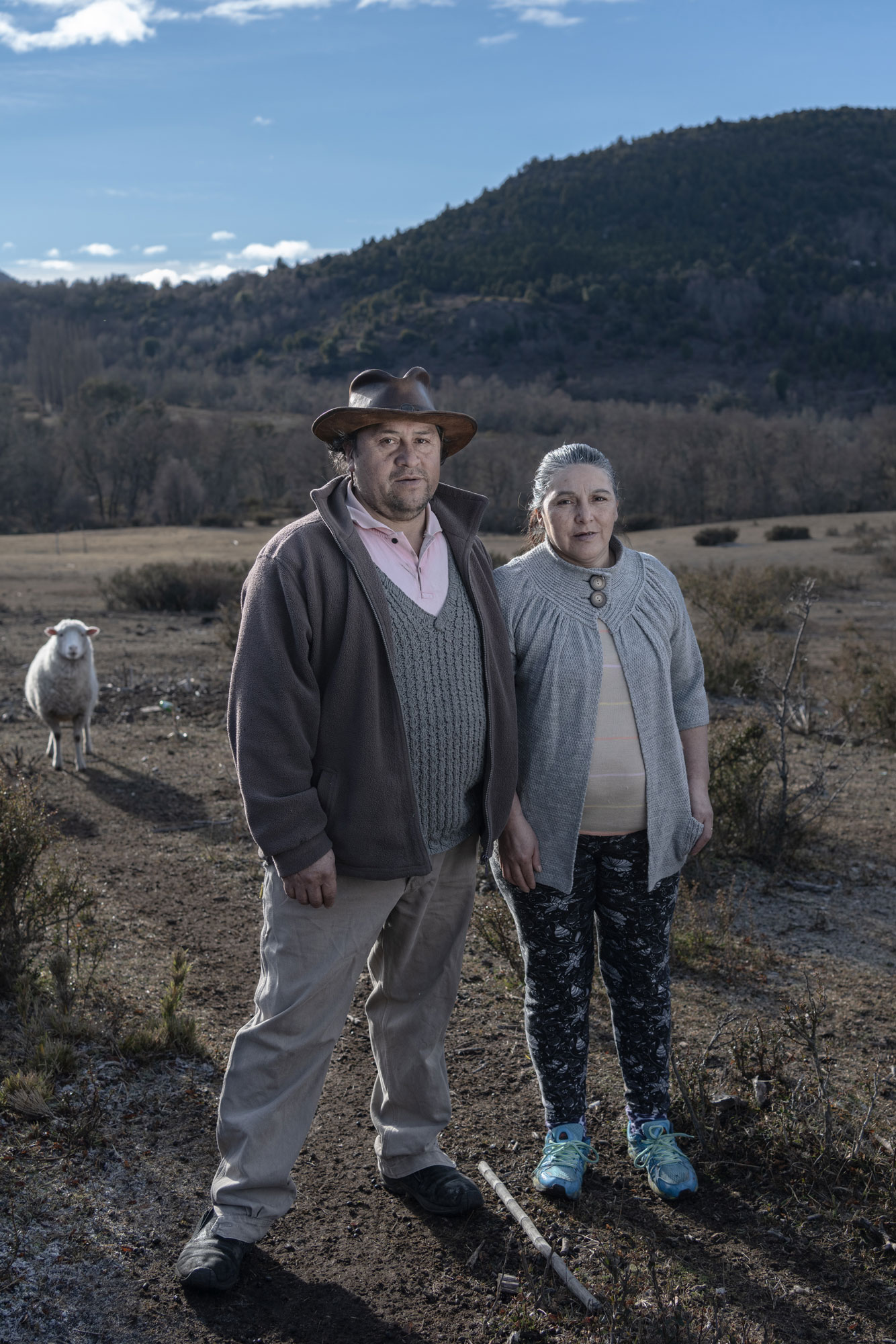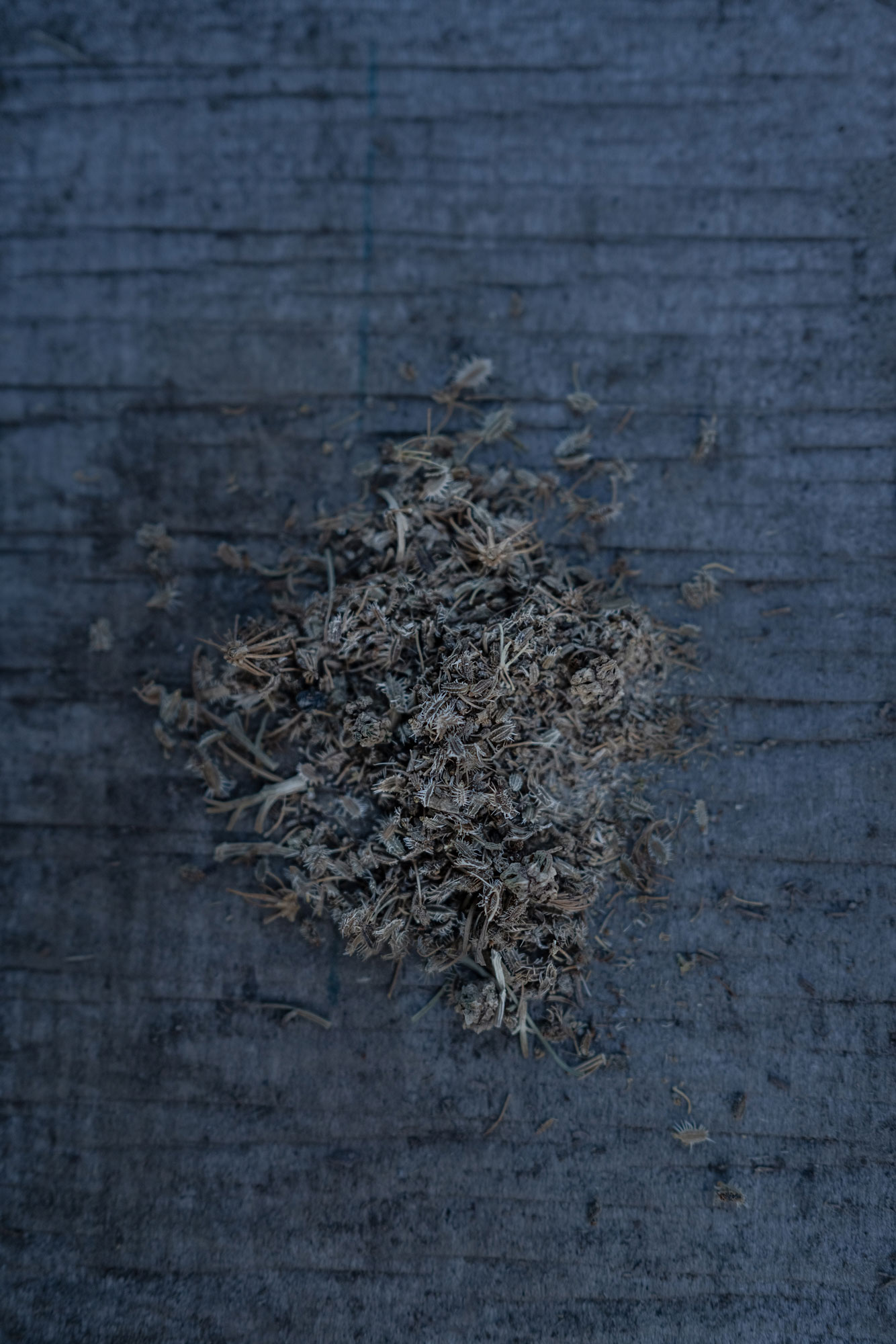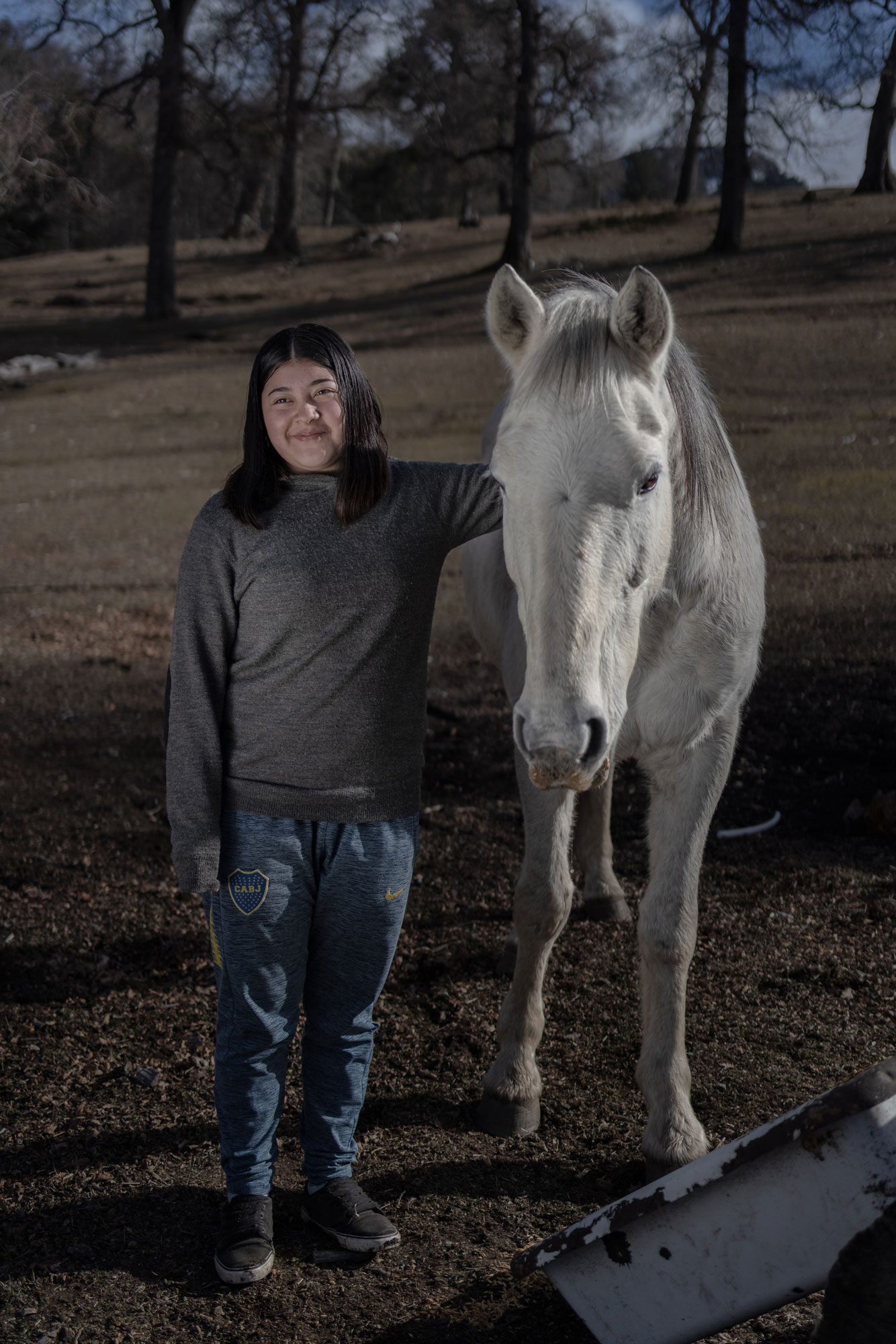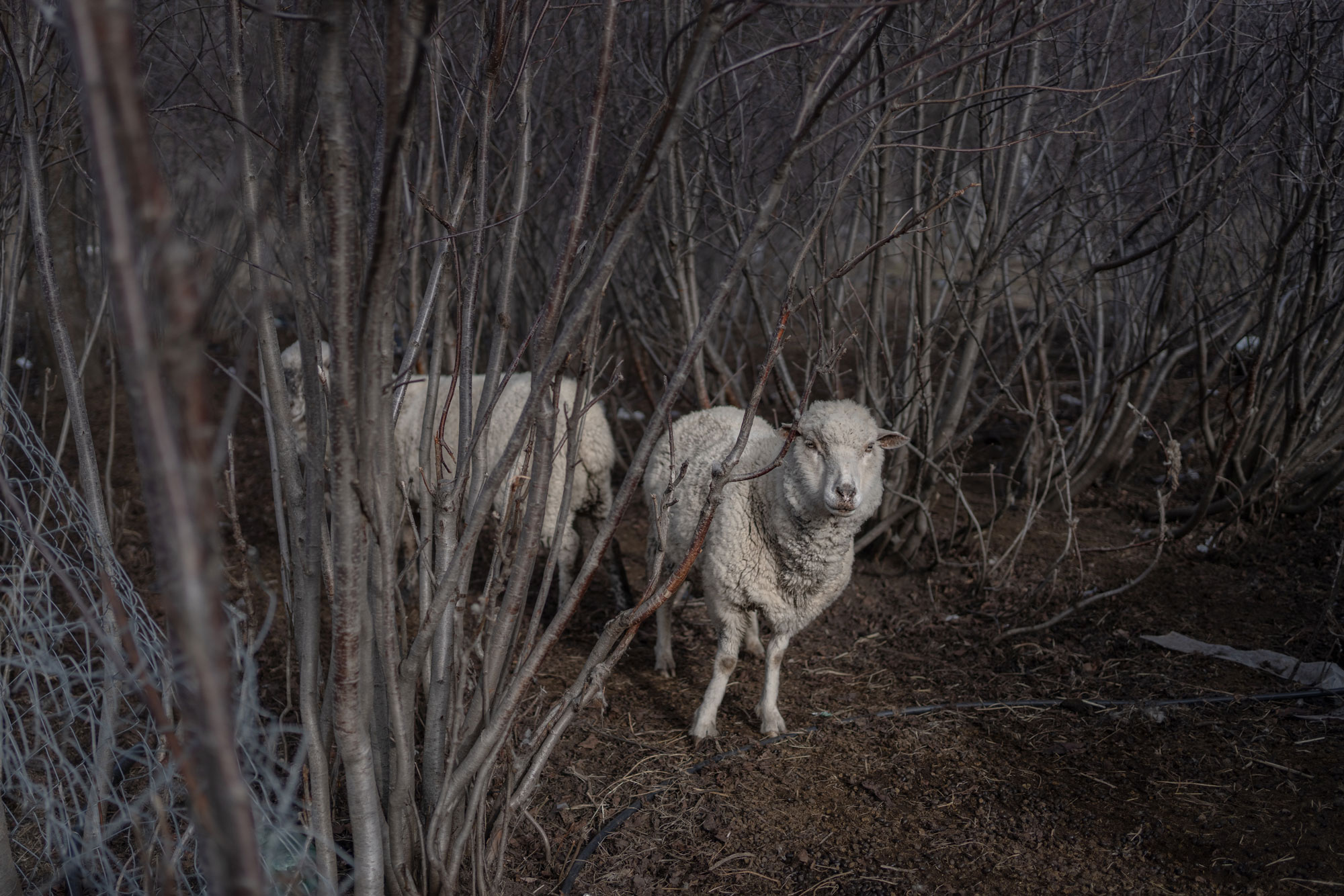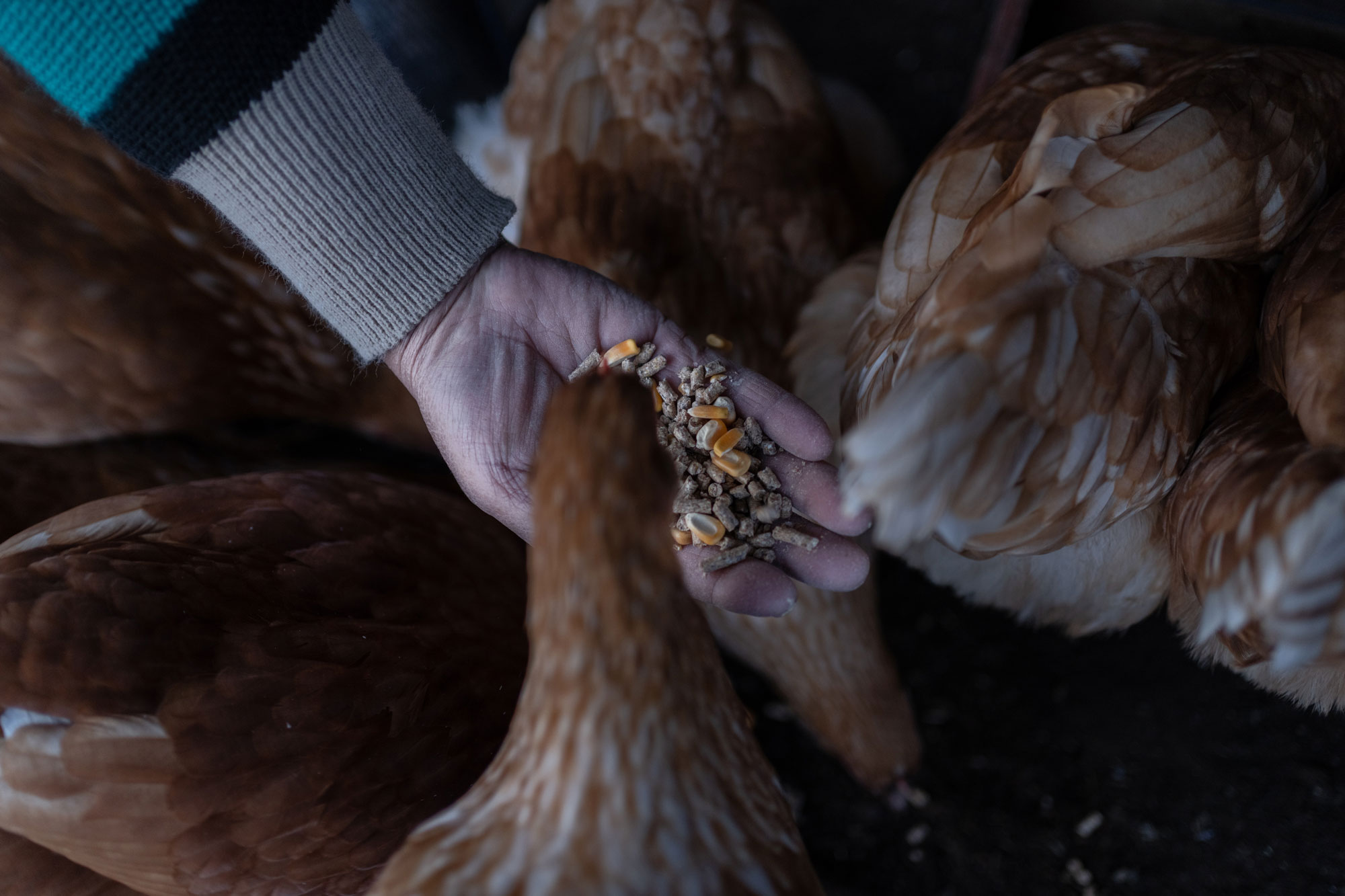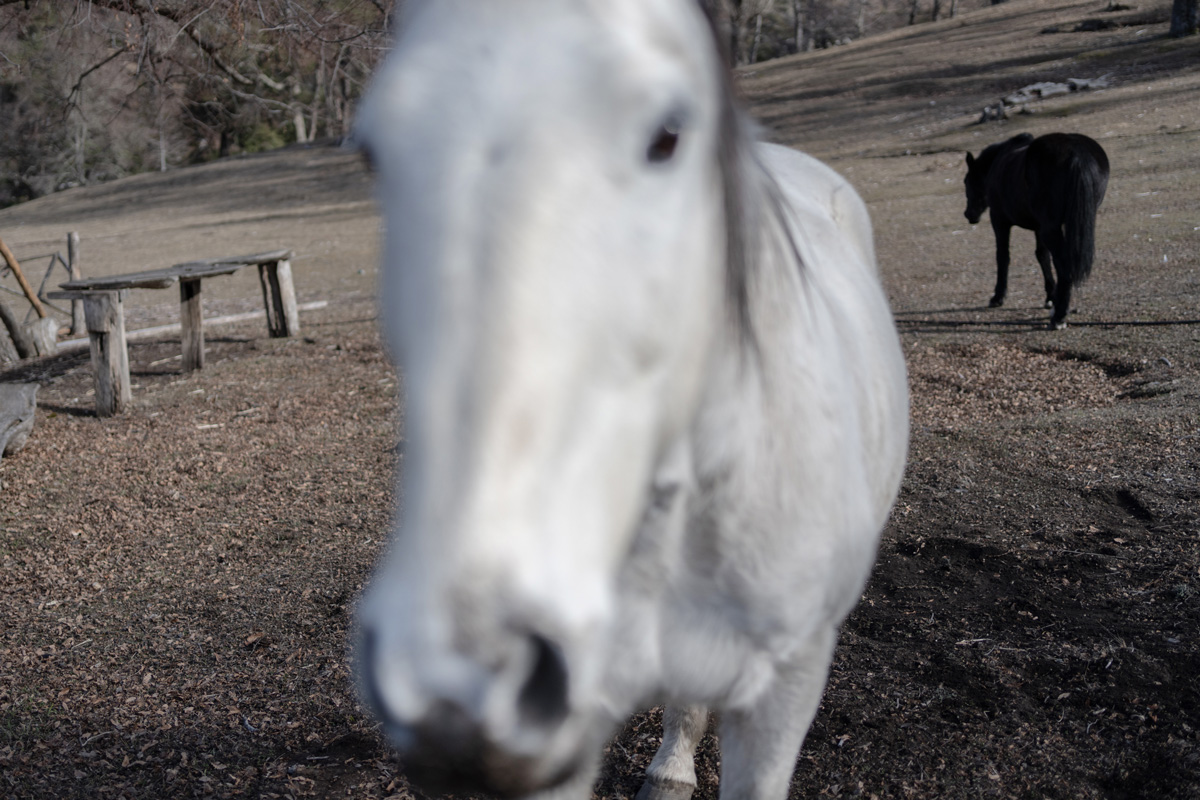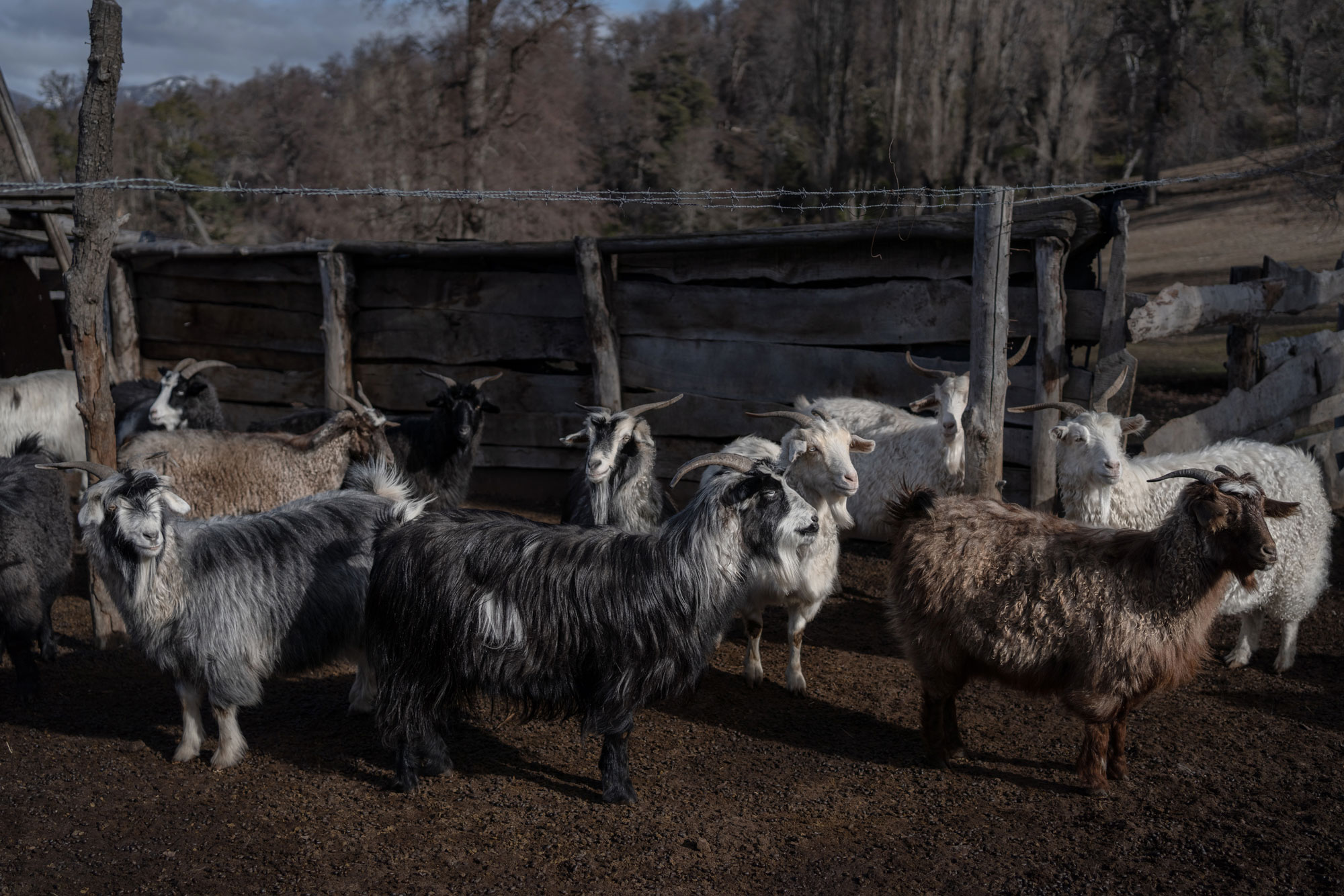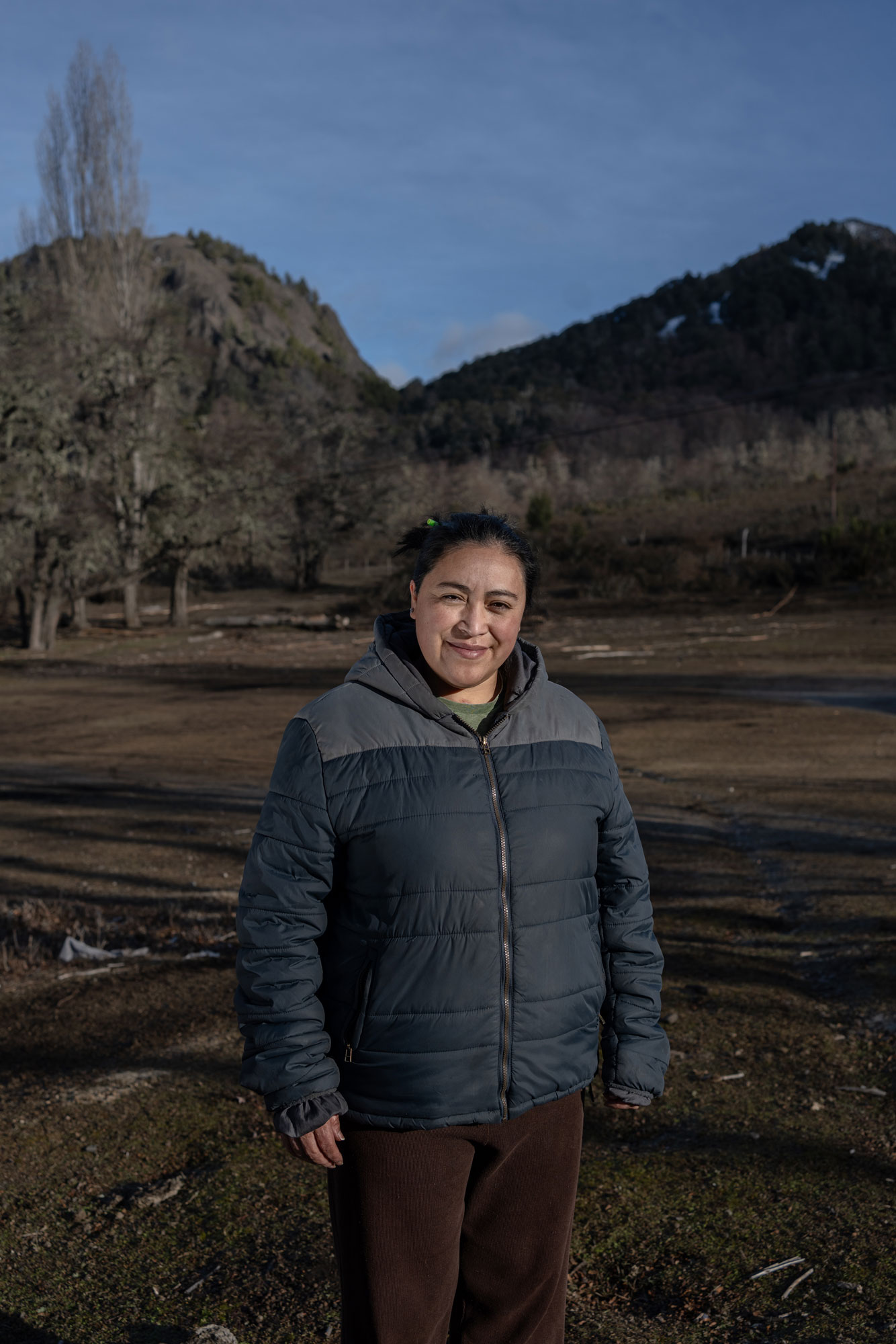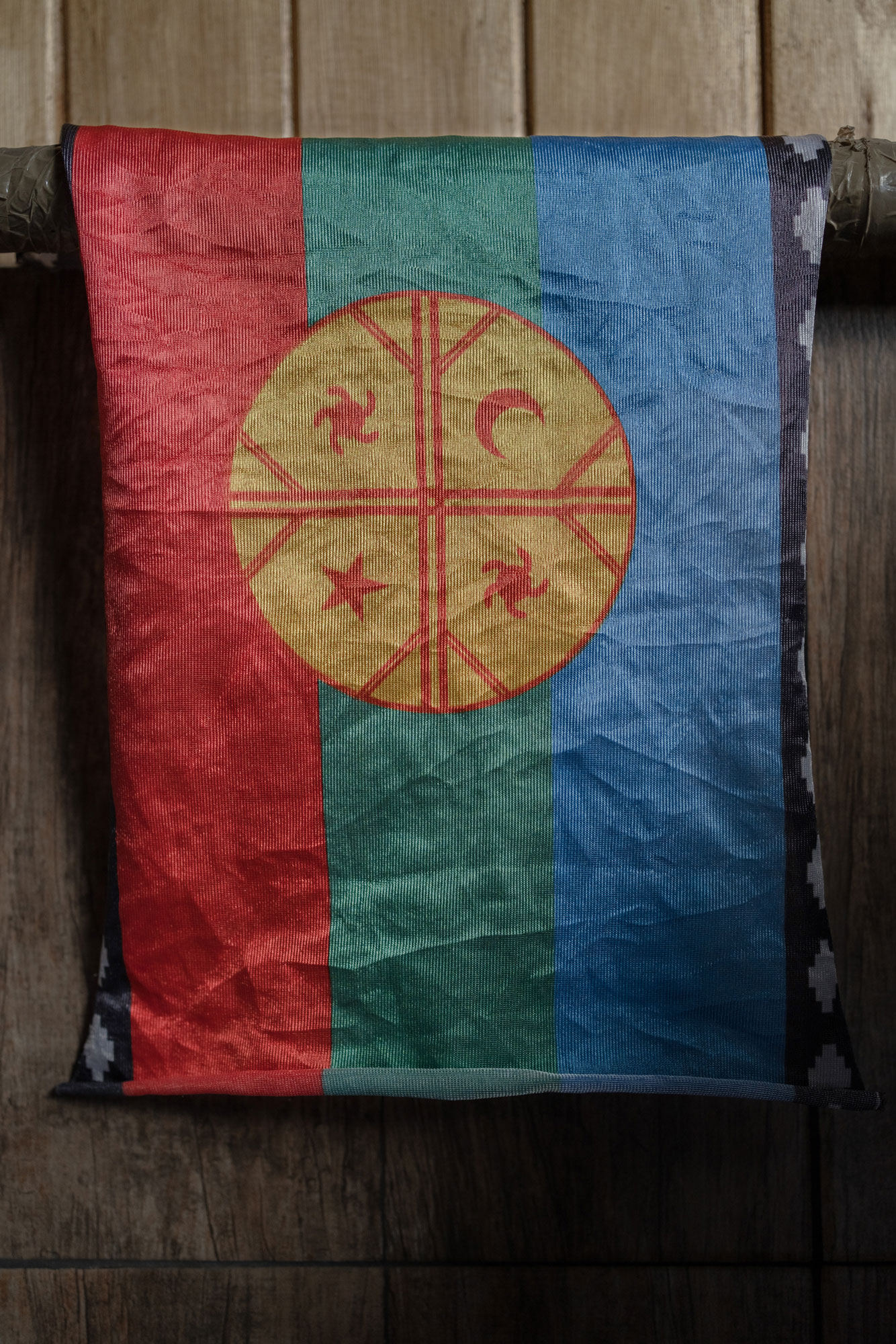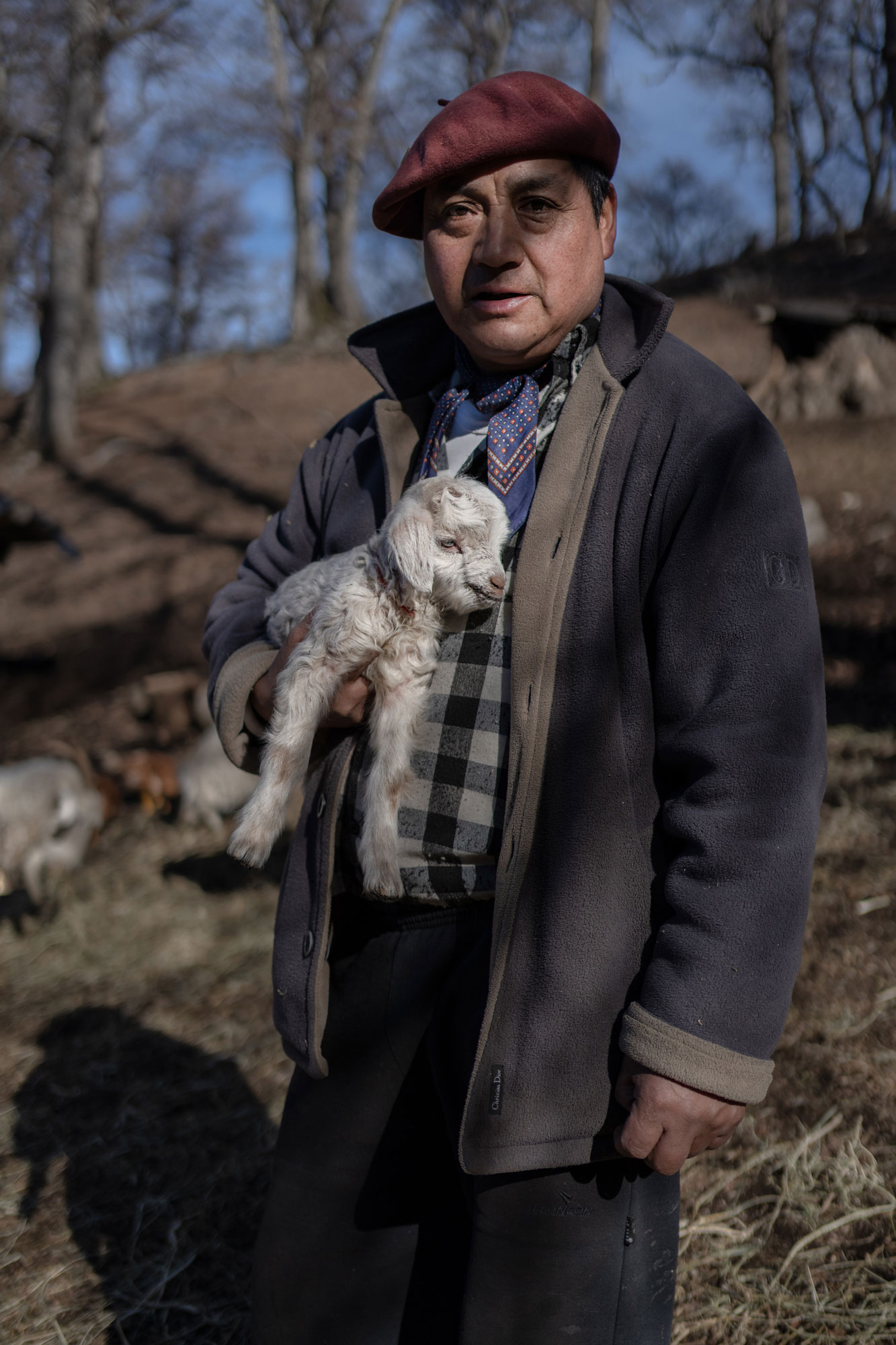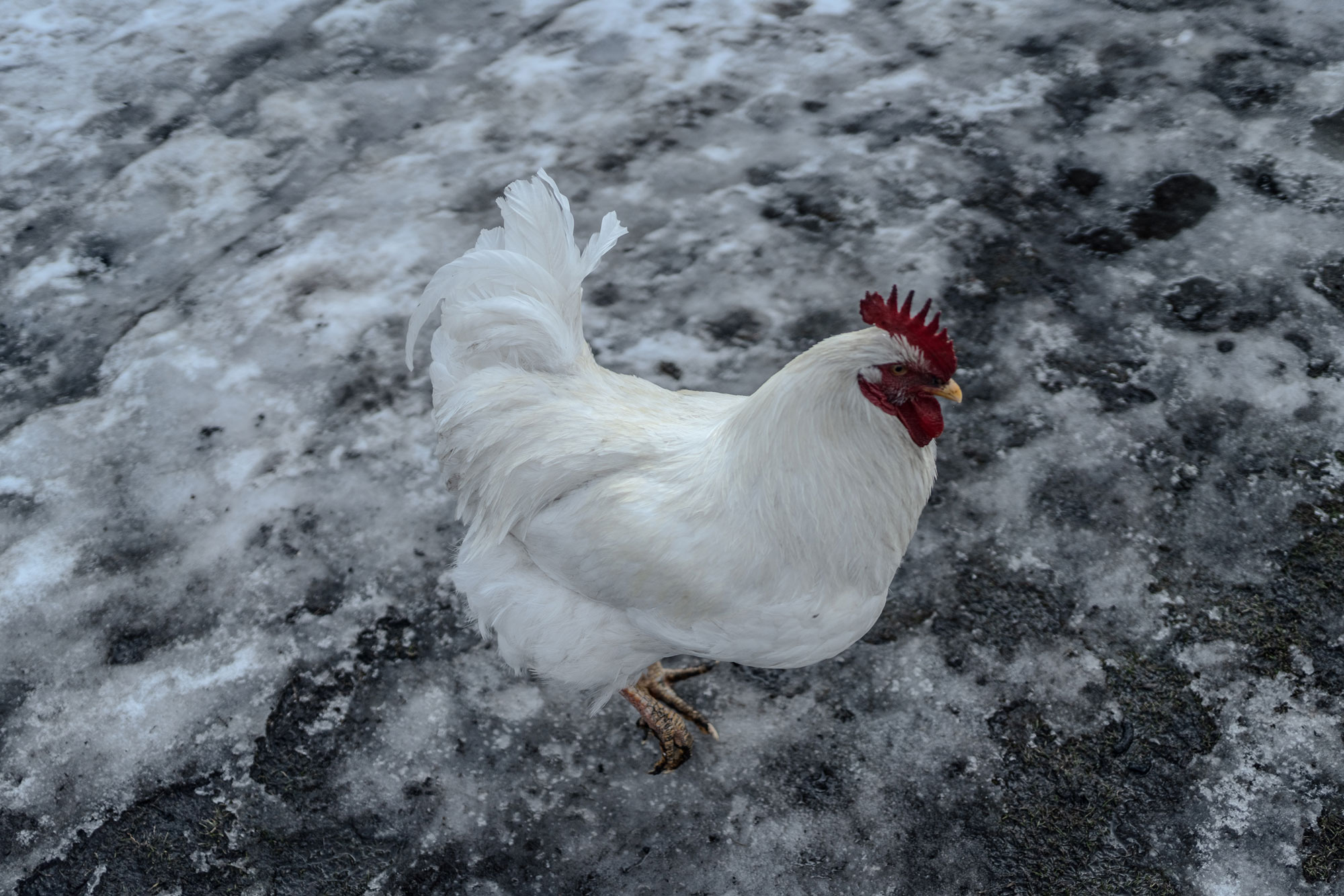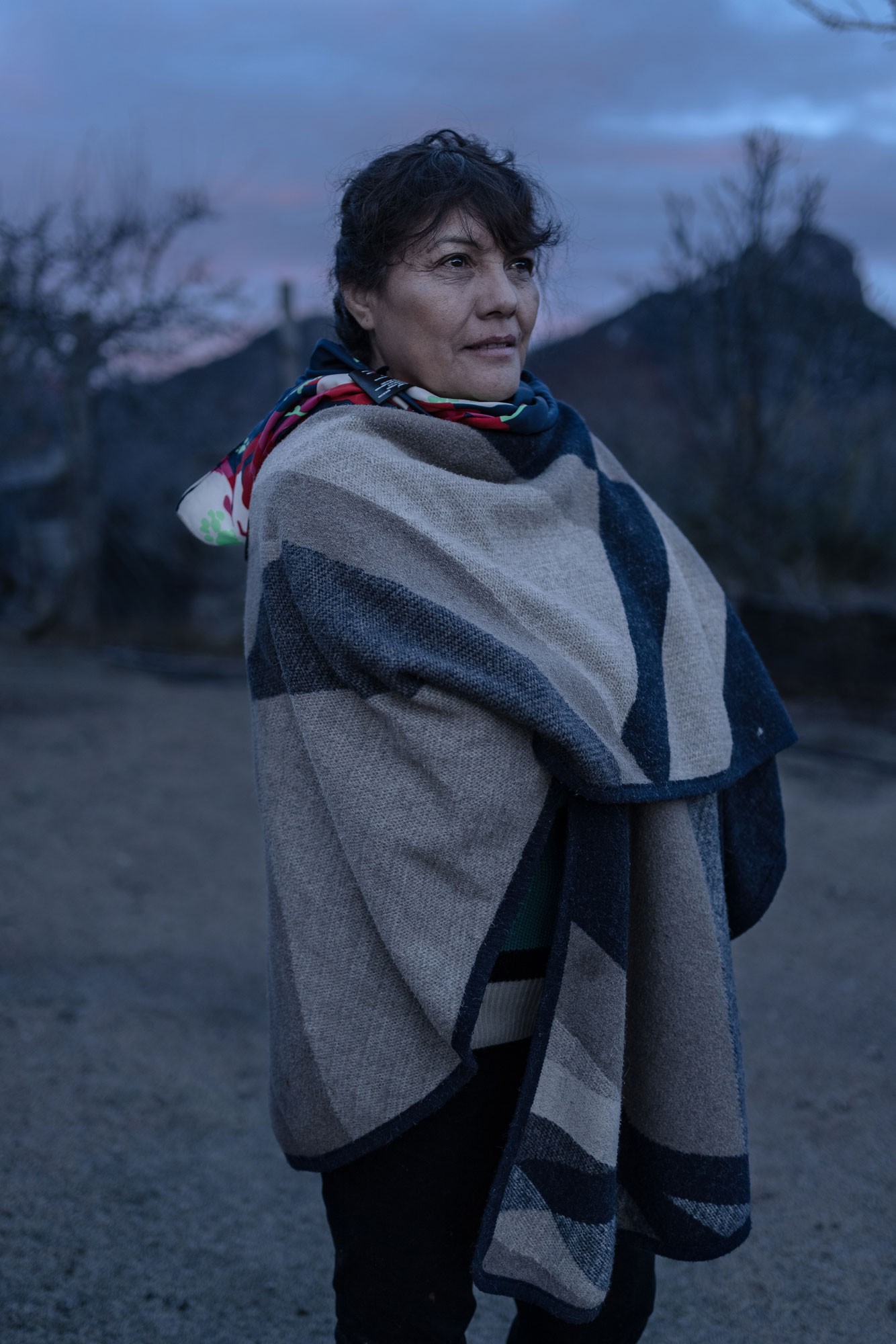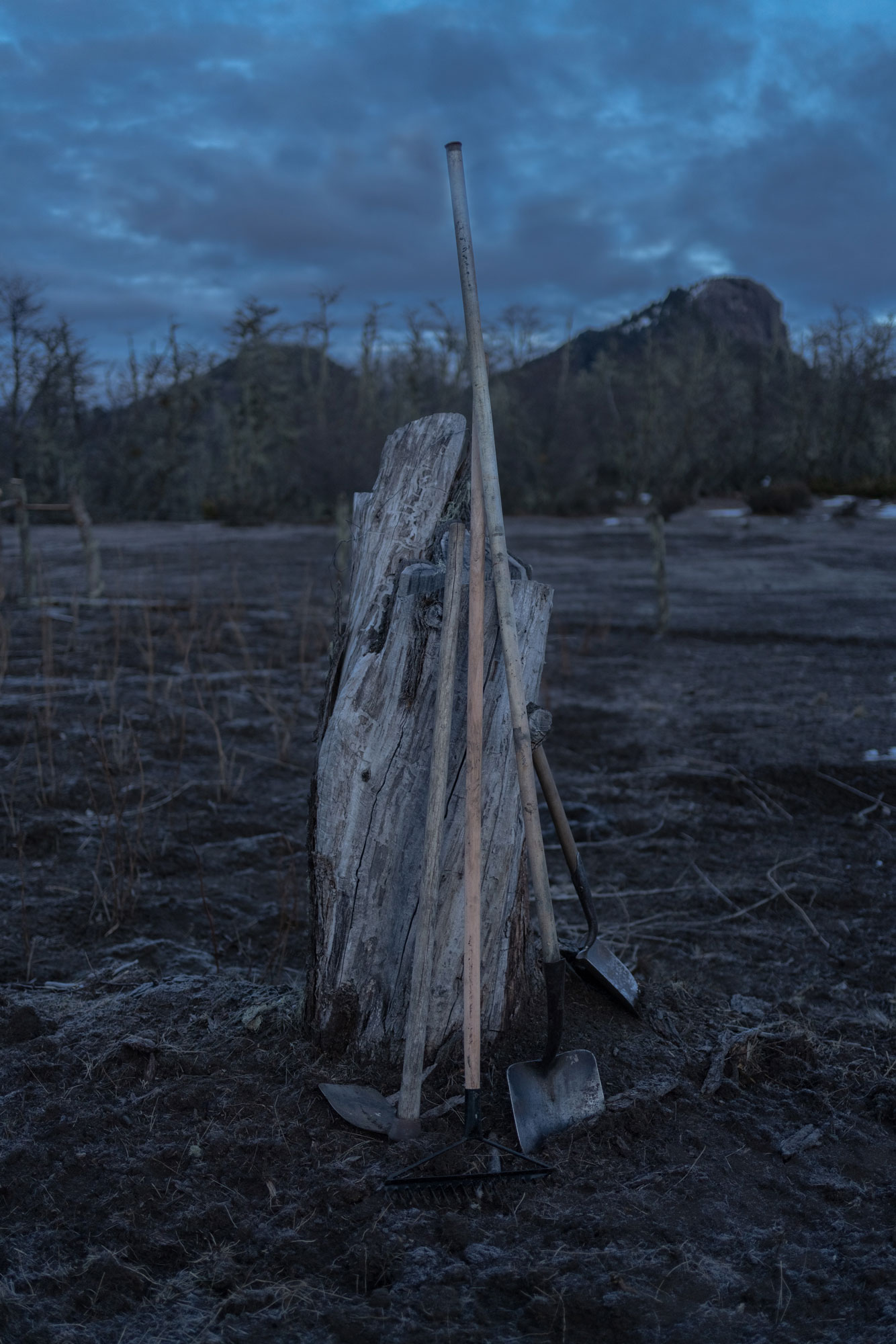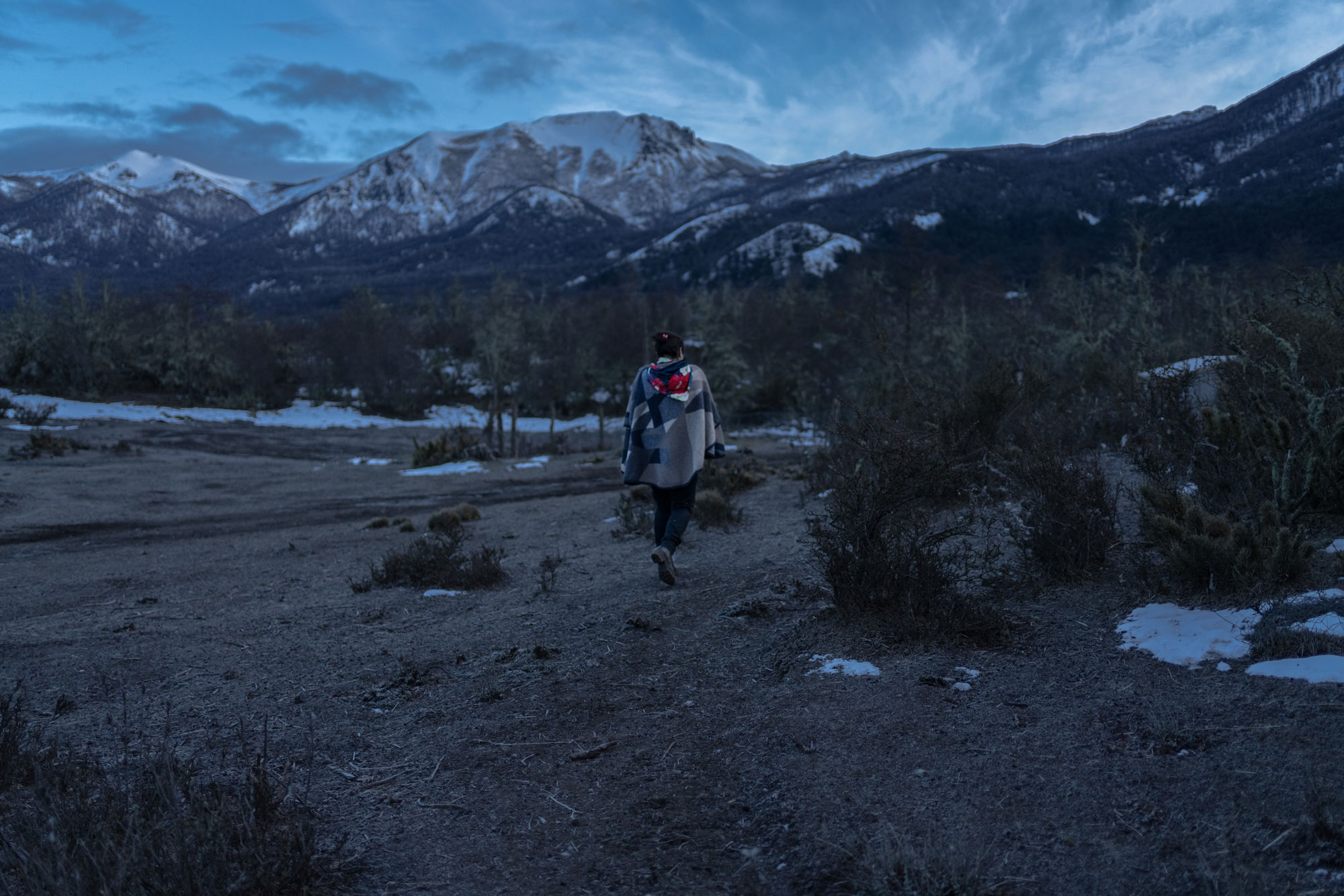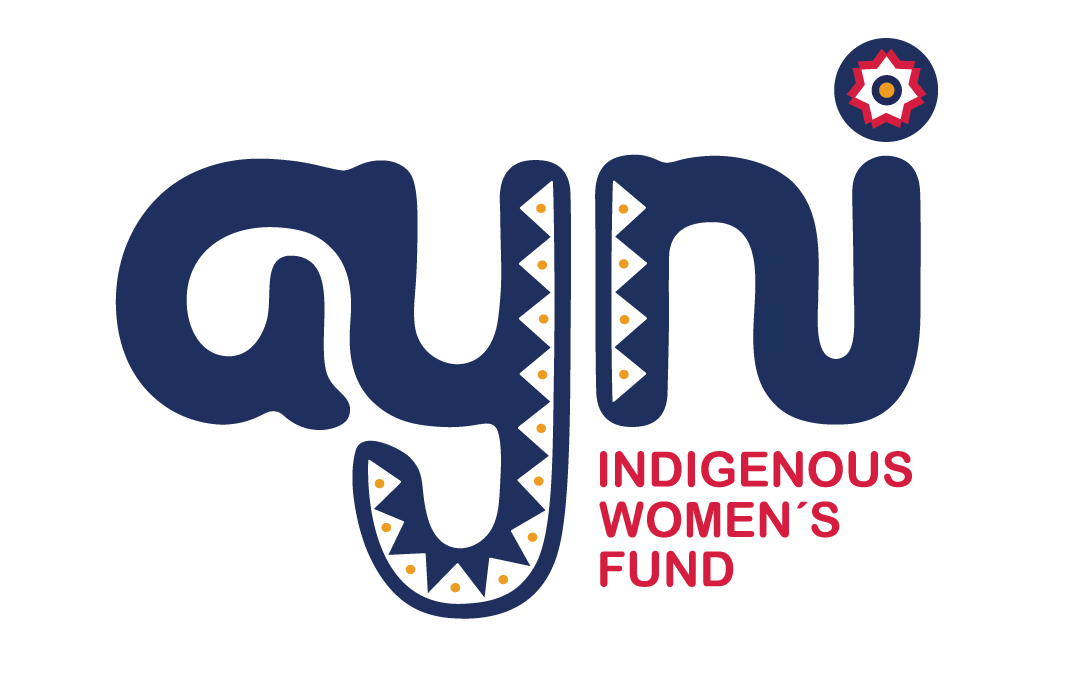Some 130 years ago, the Mapuche Cayún lof — the indigenous term for ‘community’ — fled towards the province of Neuquén at the Argentine border with Chile. Like hundreds of other Native Communities in Argentina, they were dispossessed of their lands by a military operation called the “Conquest of the Desert''. La Piedra de Trompul (Trompul's Stone), an area surrounded by national forests in the basin of lake Lácar, became their new home. Today, between 80 and 90 people survive at this place more than 1,000 meters above sea level, where winters constantly threaten to destroy harvests or to isolate families for weeks.
The project promotes local food production based on the knowledge of the Mapuche Cayún People. It involves 21 families and the development of greenhouses and chicken coops to expand and diversify vegetable production and safe poultry farming. Through planning, workshops, monitoring and evaluations, the participants commitment to communal decision-making is essential.
The lof (community) is located on the northwestern margin of the Lácar lake basin, beside the Trompul area and surrounded by the Andean Patagonian forest of the Lanín National Park. The community is located 13 km from the town of San Martin de los Andes in the province of Neuquén, Argentina. The annual average temperature is 9.8 ° C. Snow is expected during the winter and there are no frost-free periods throughout the year.
